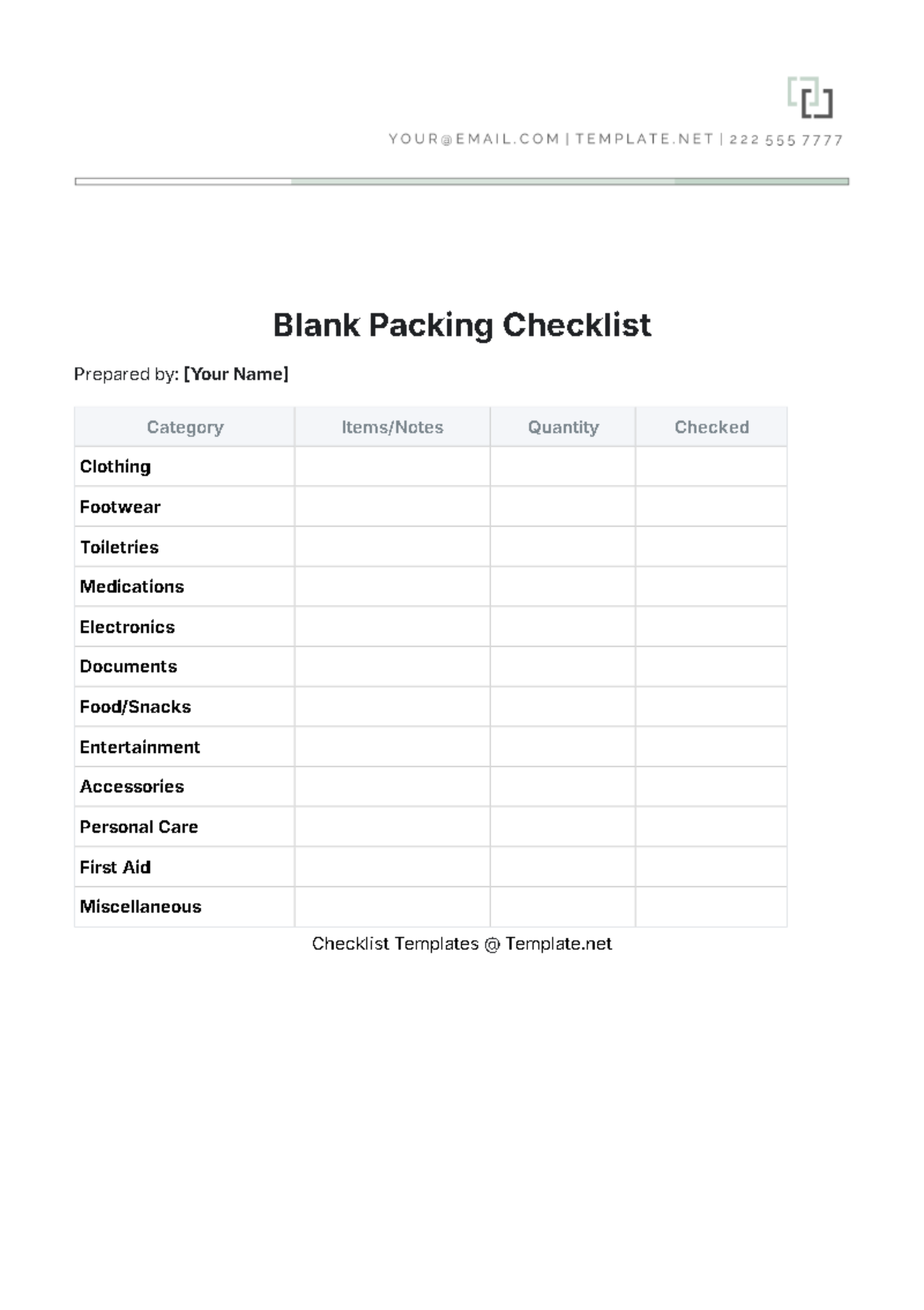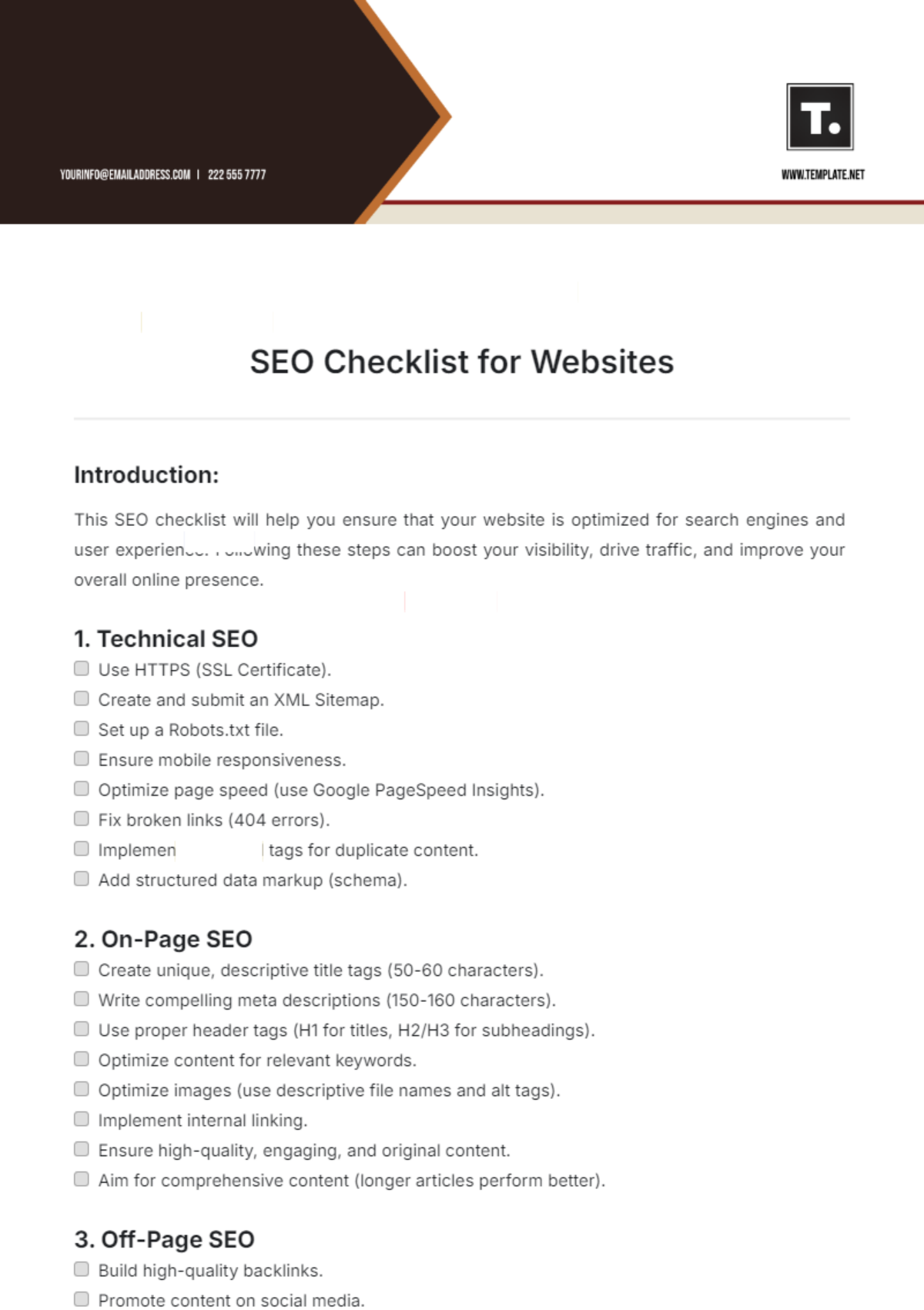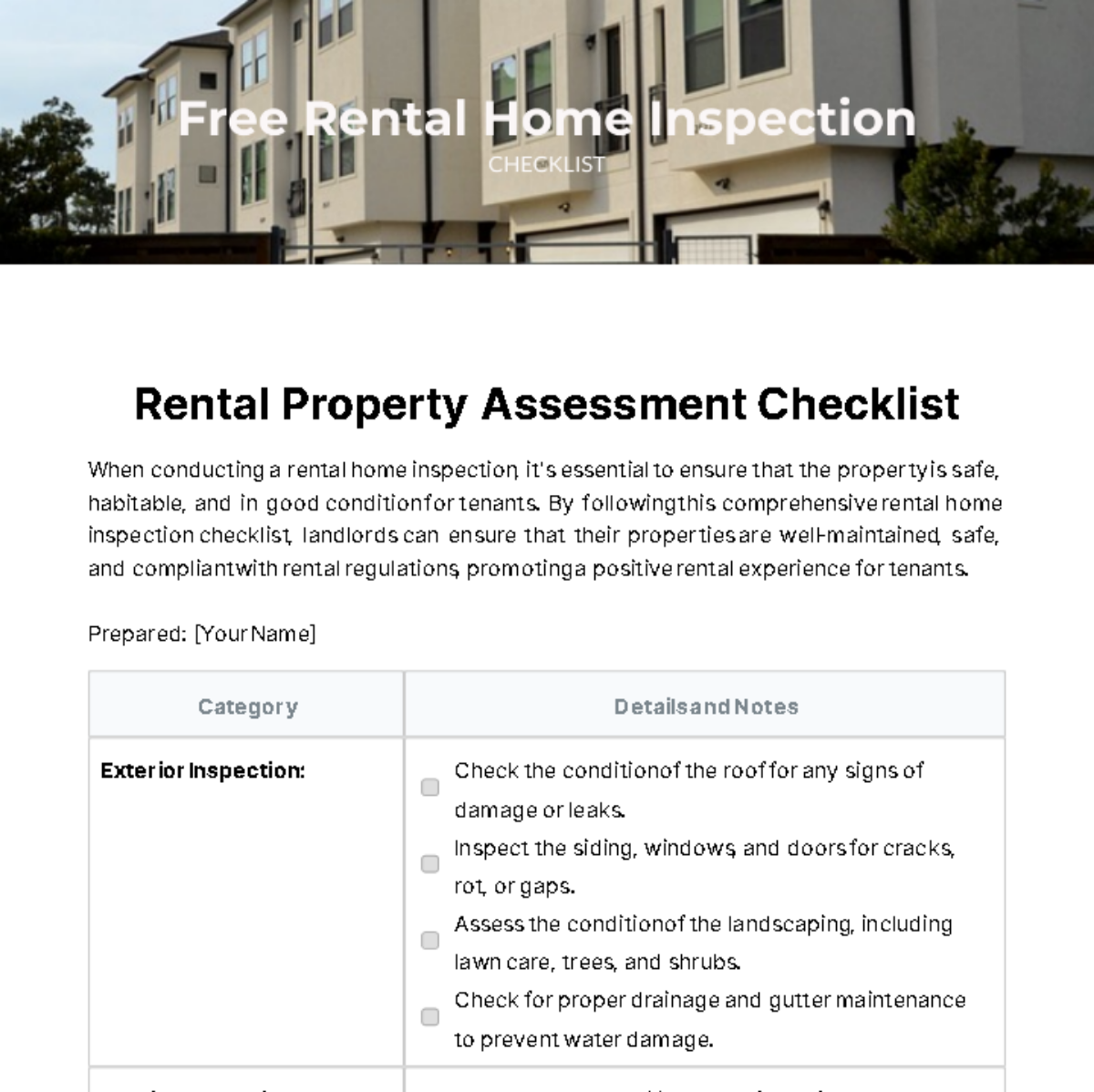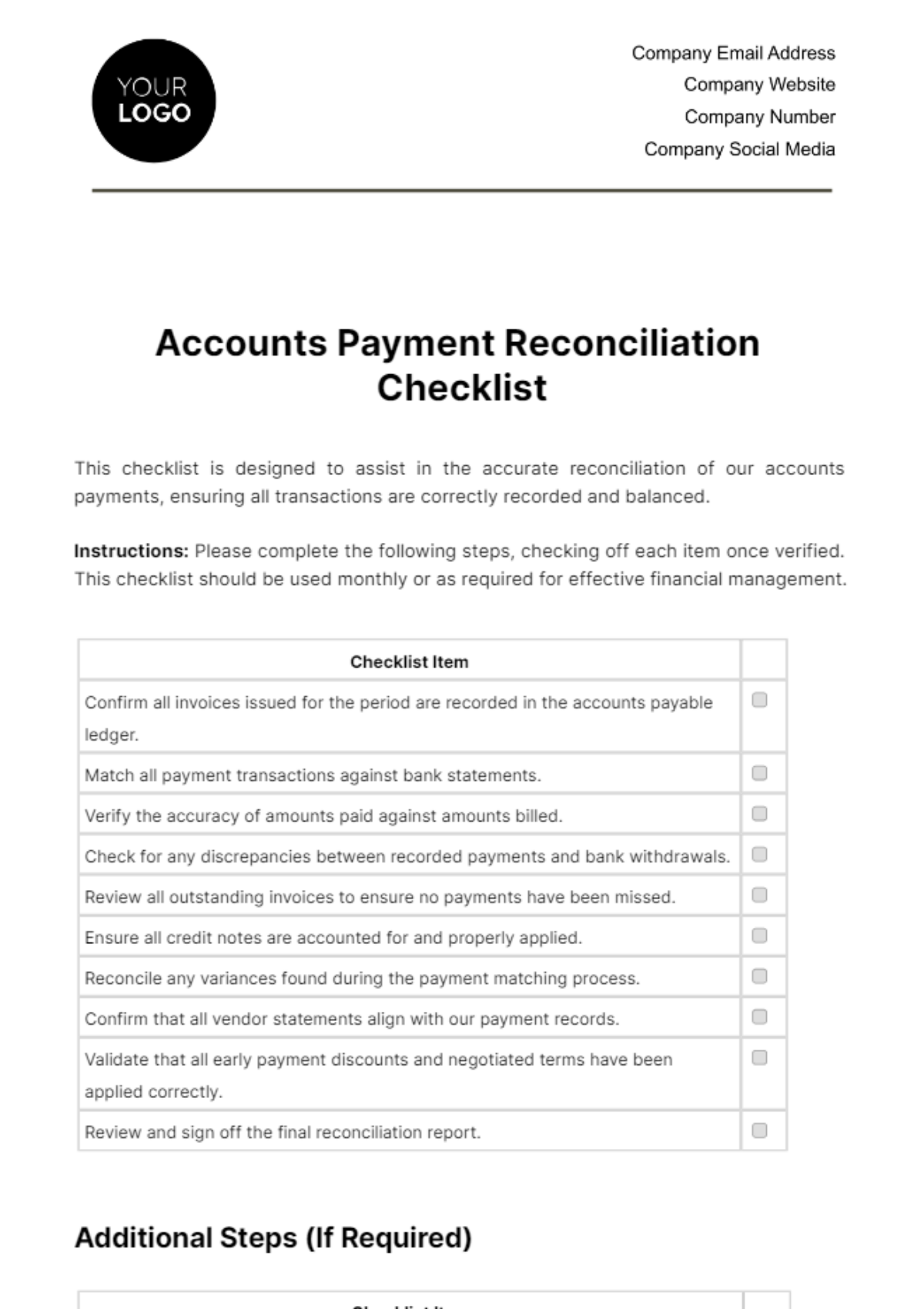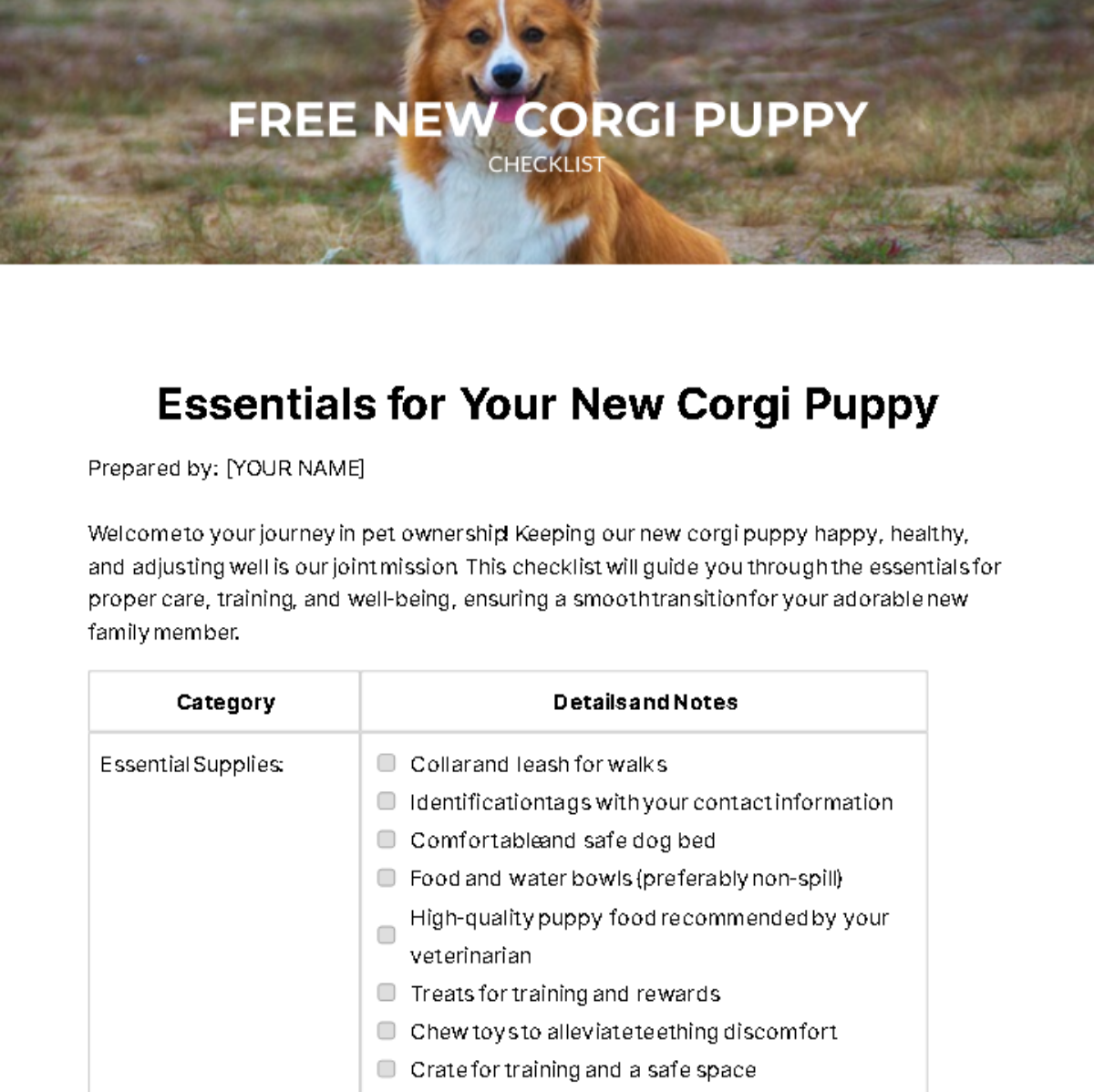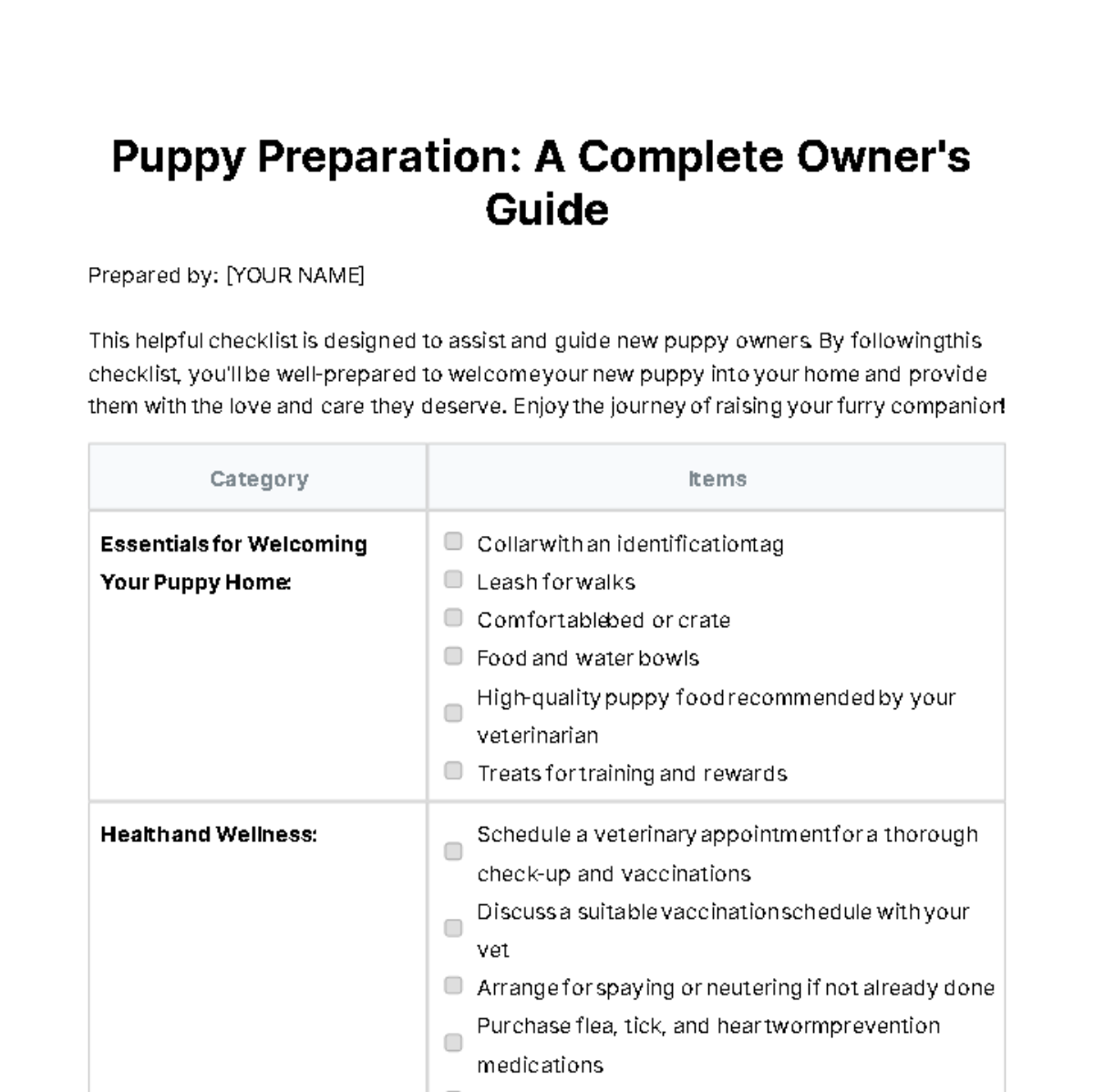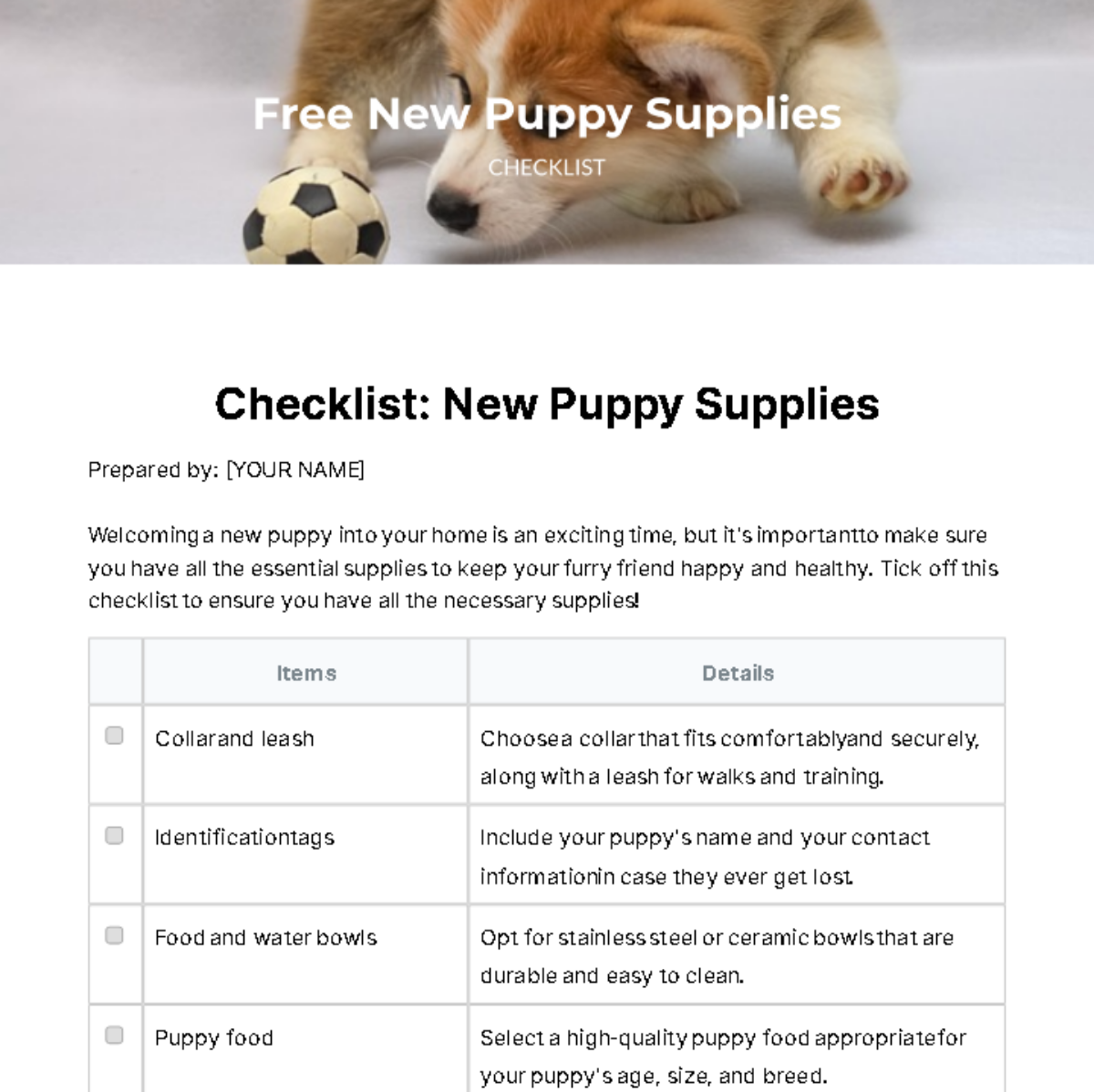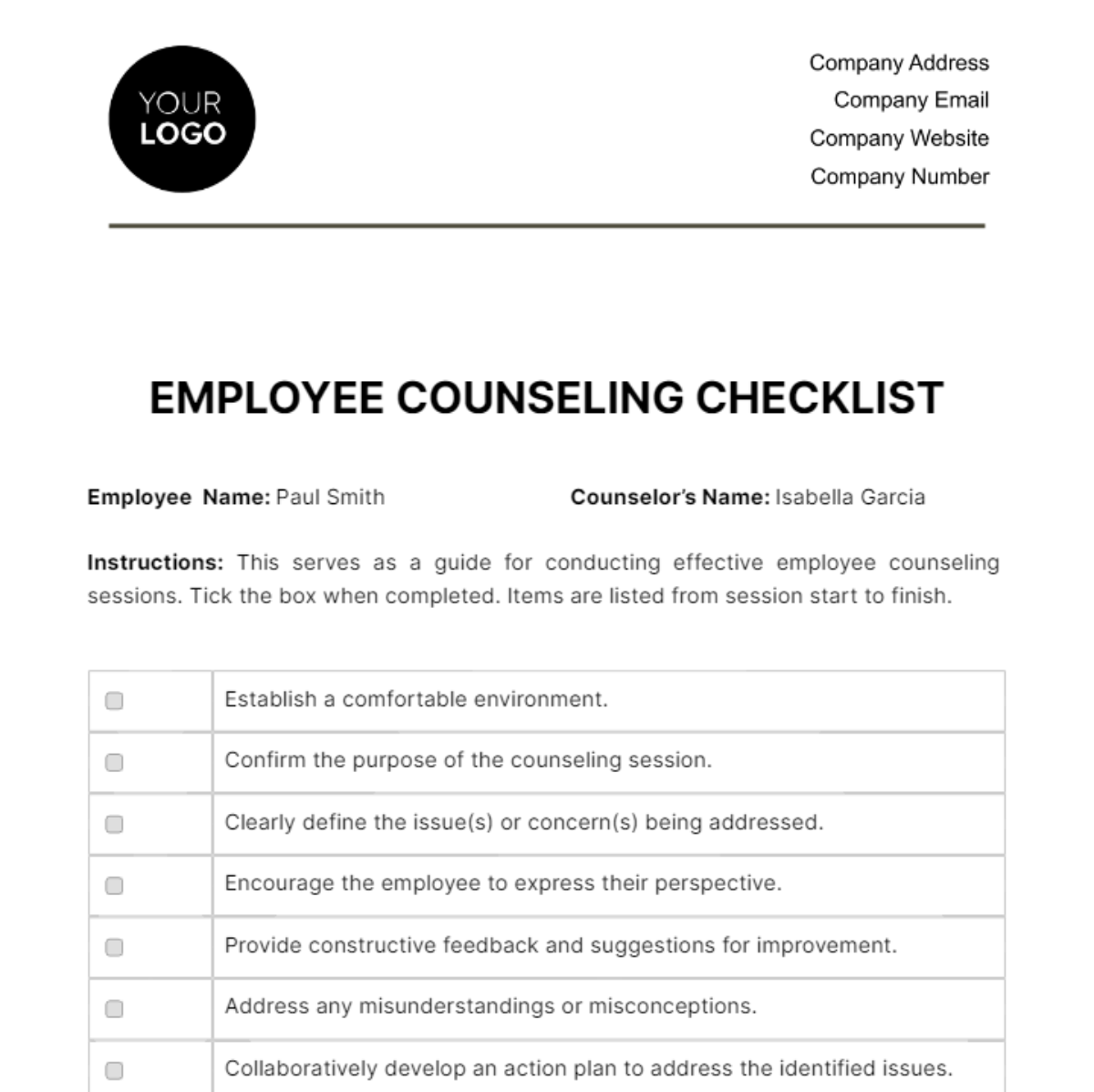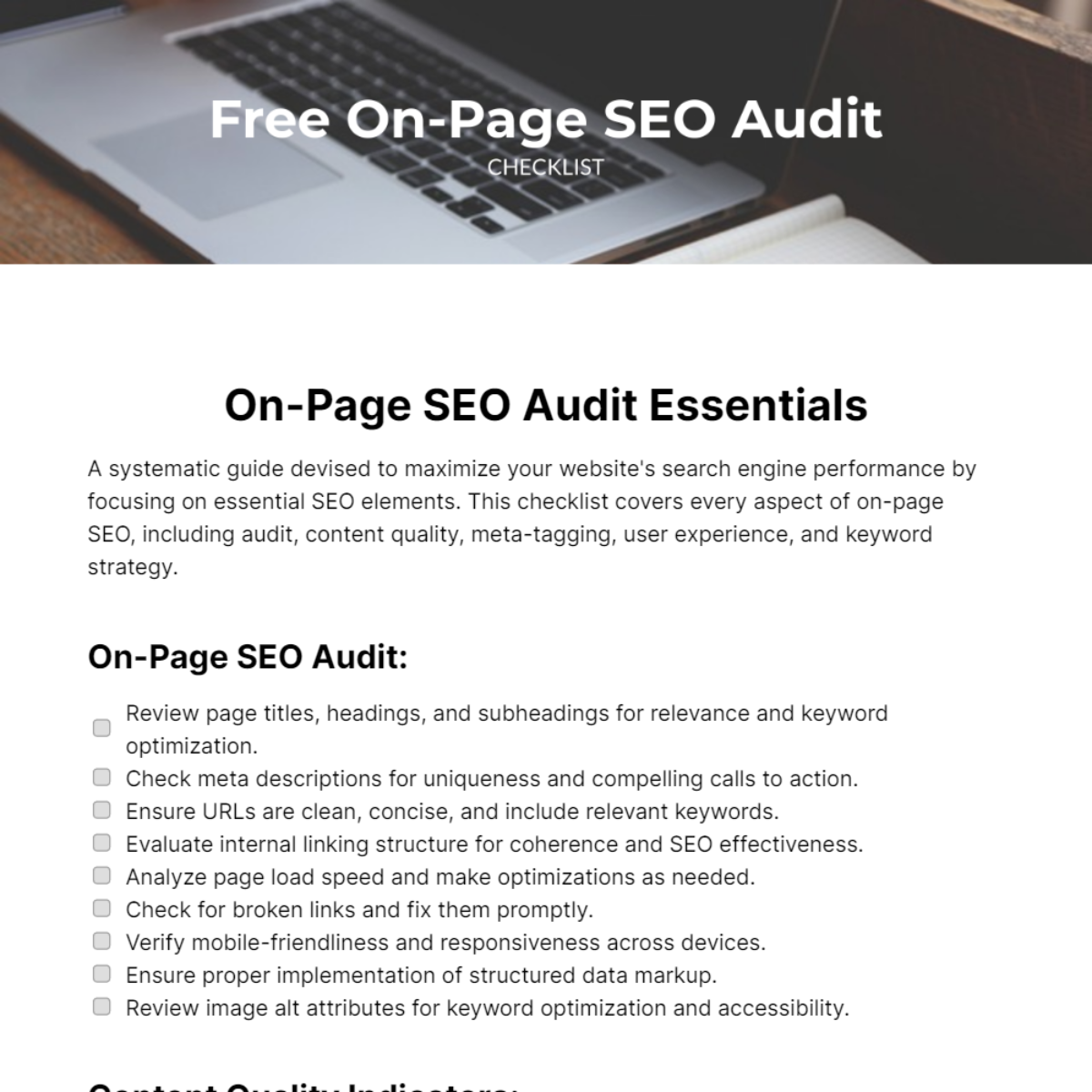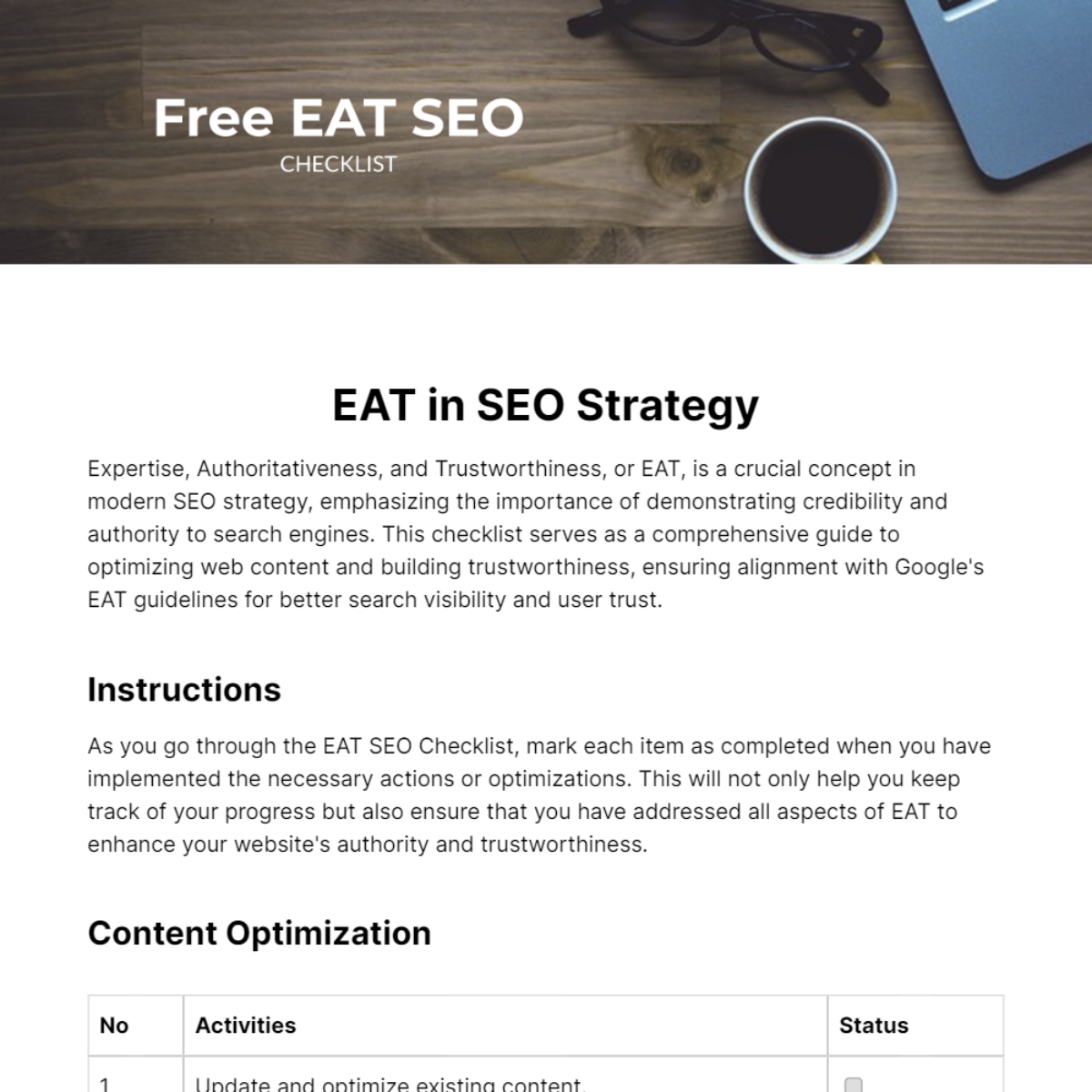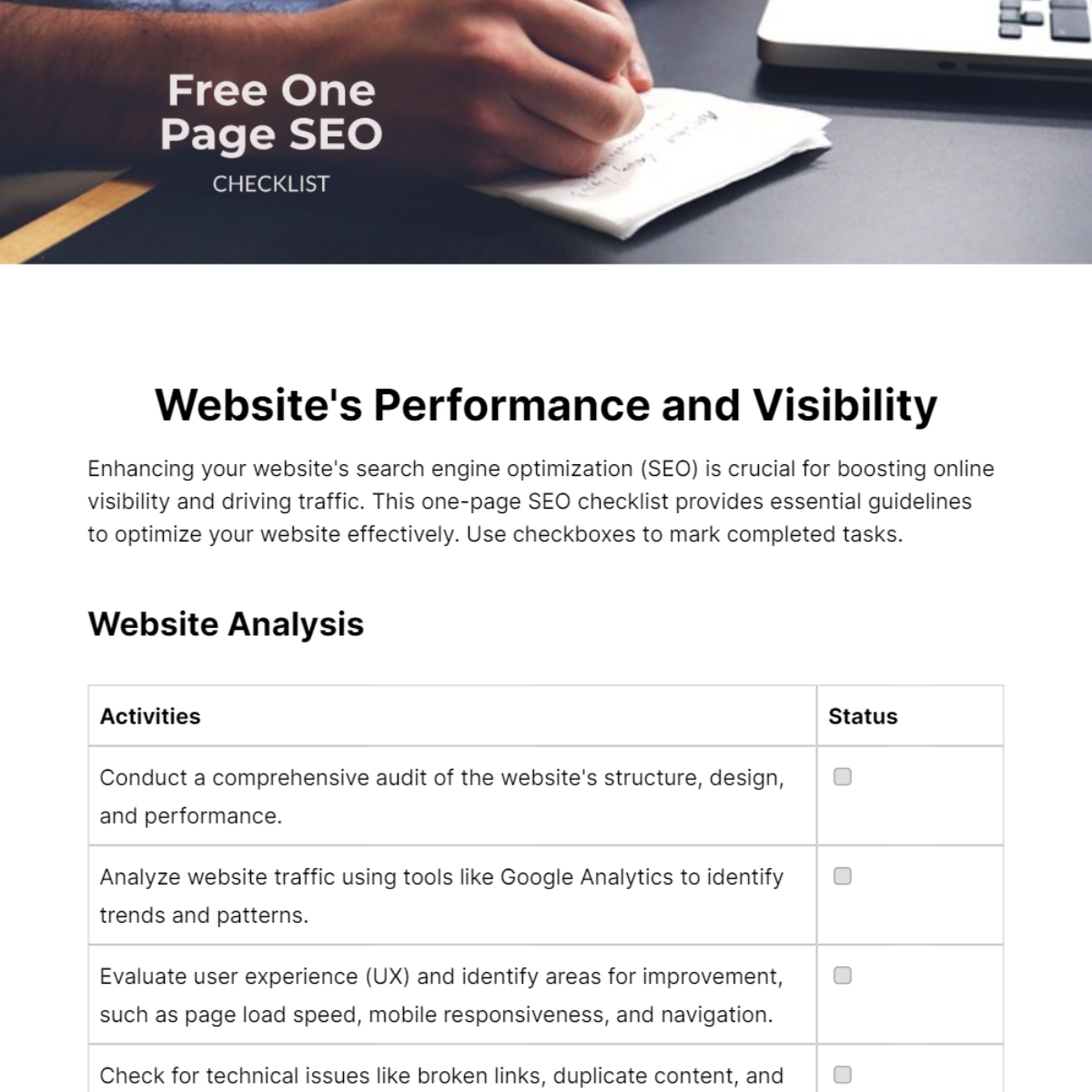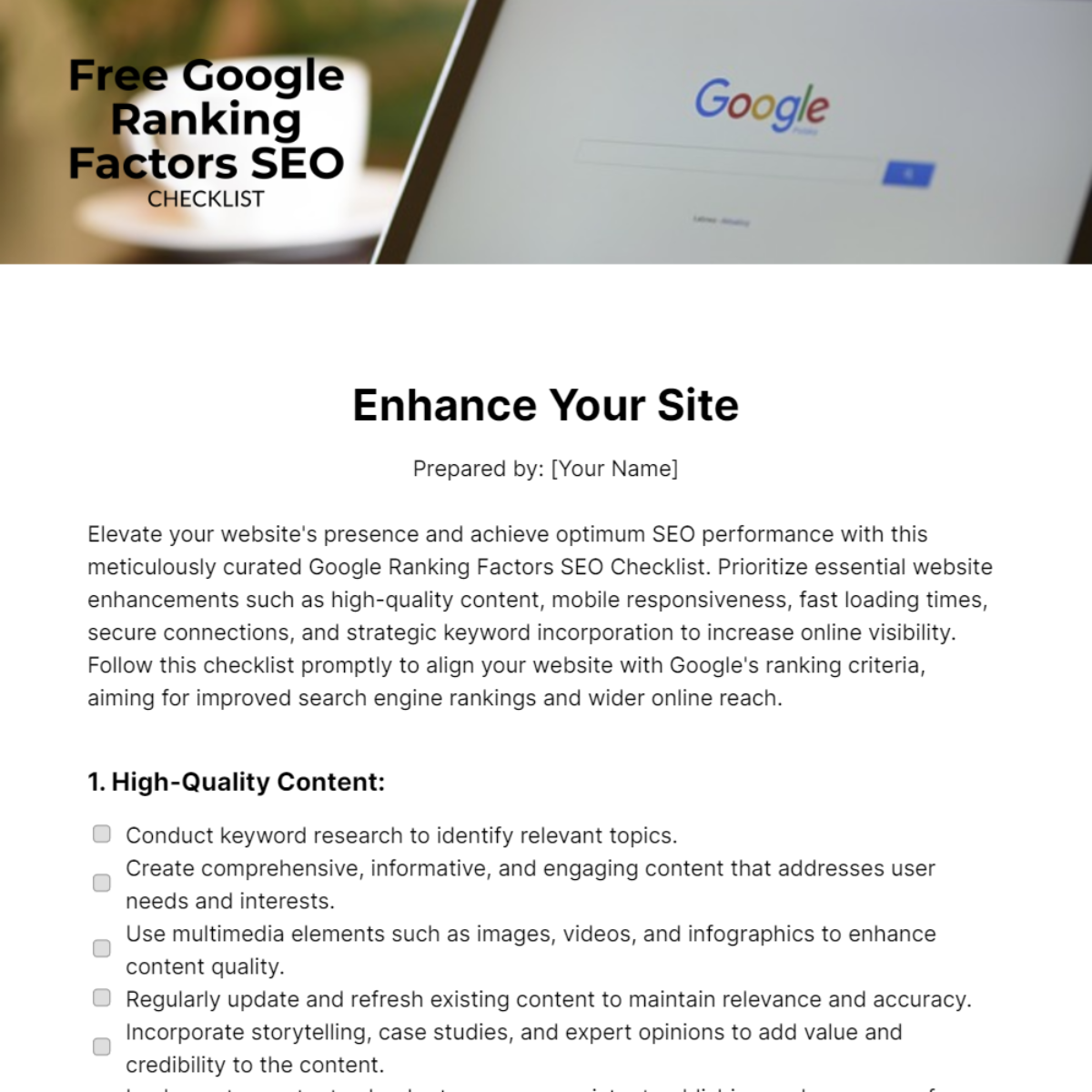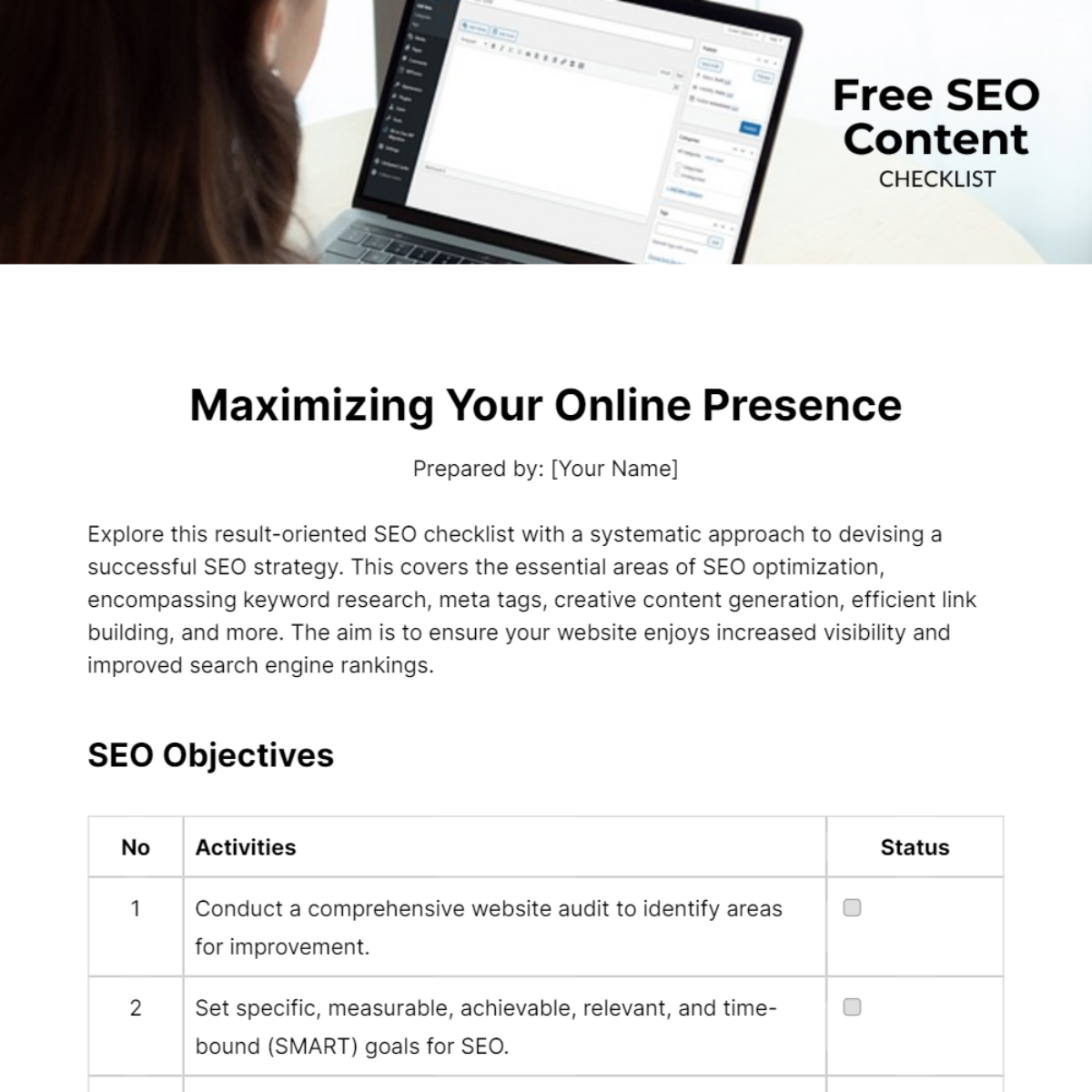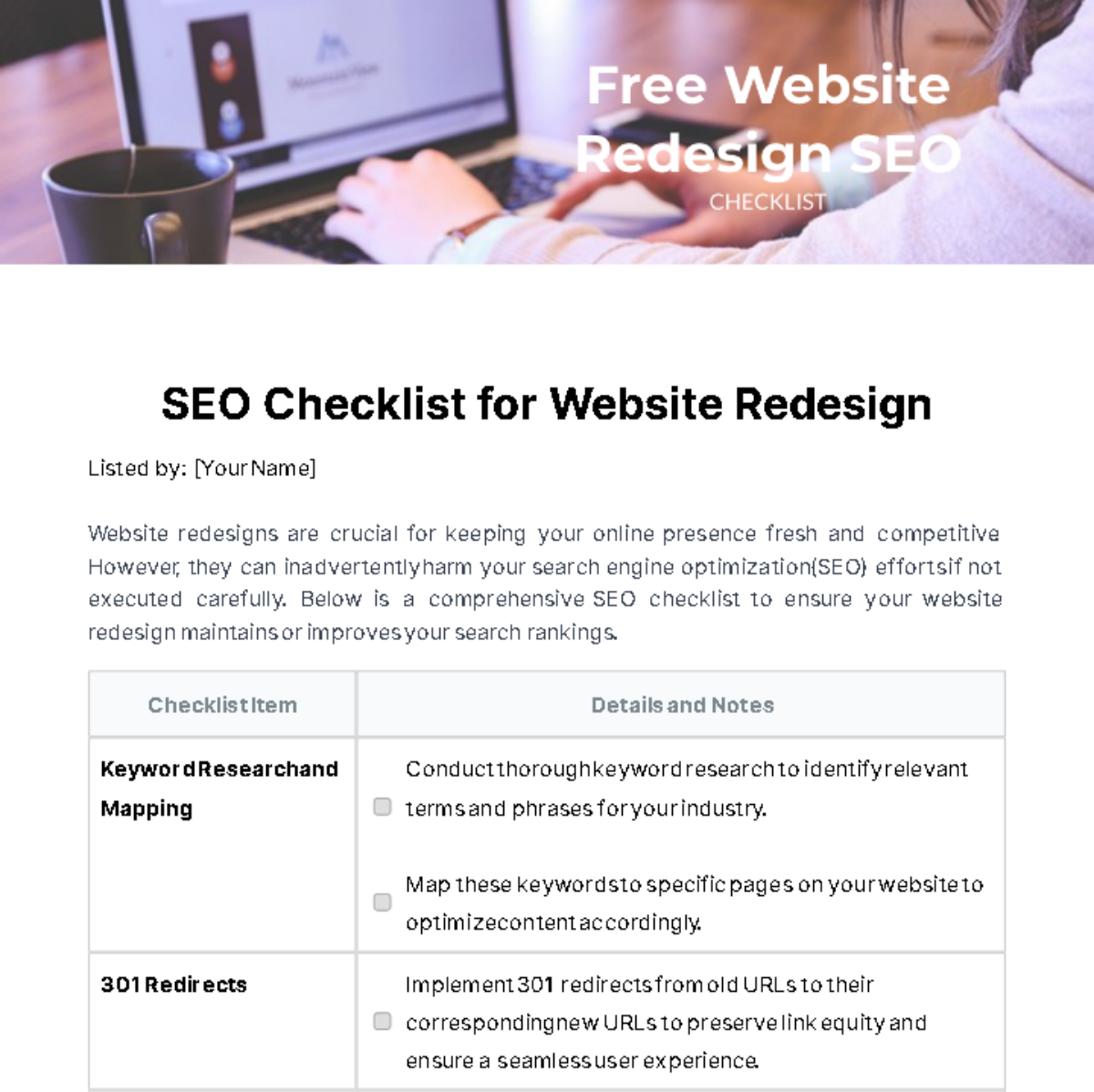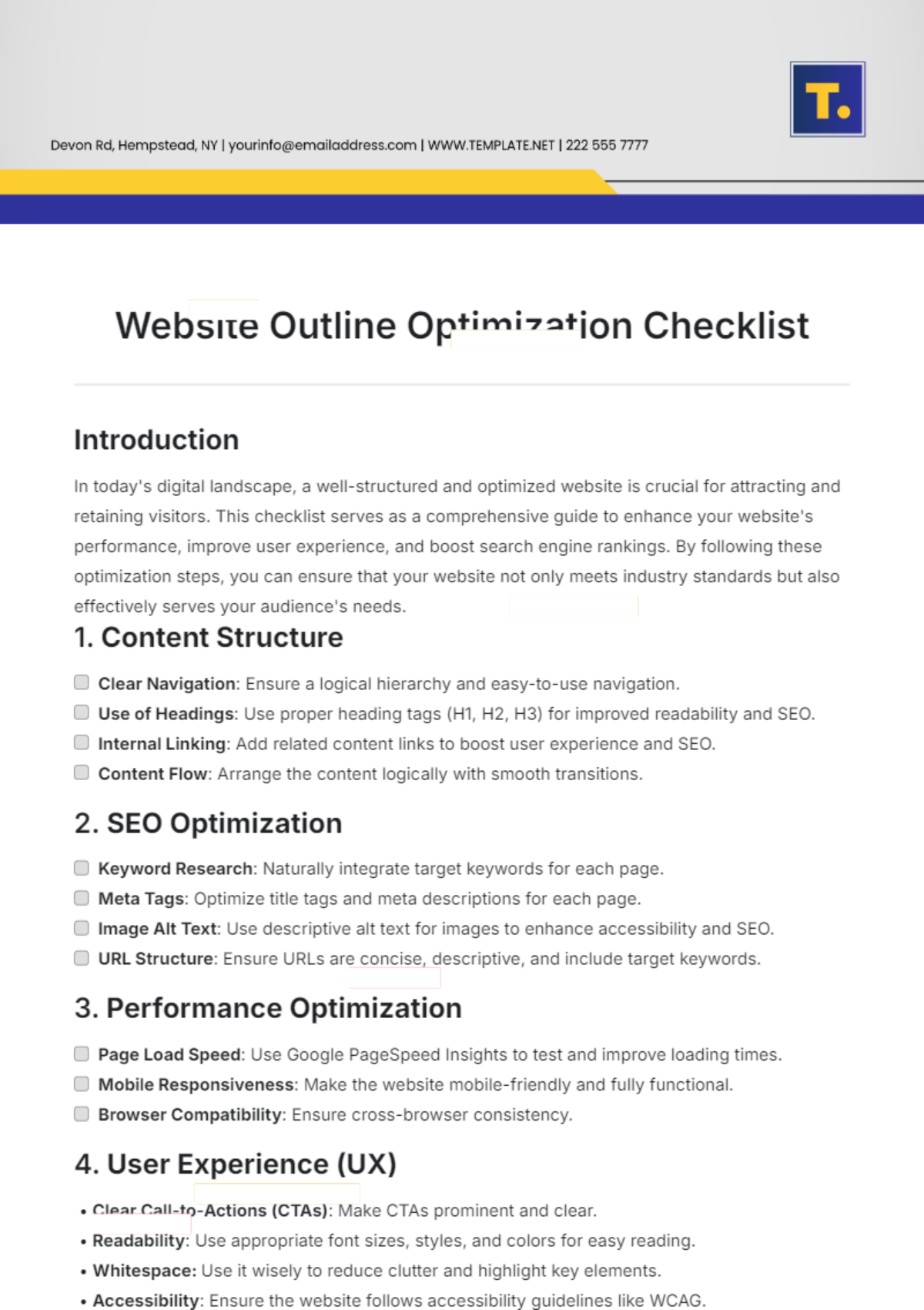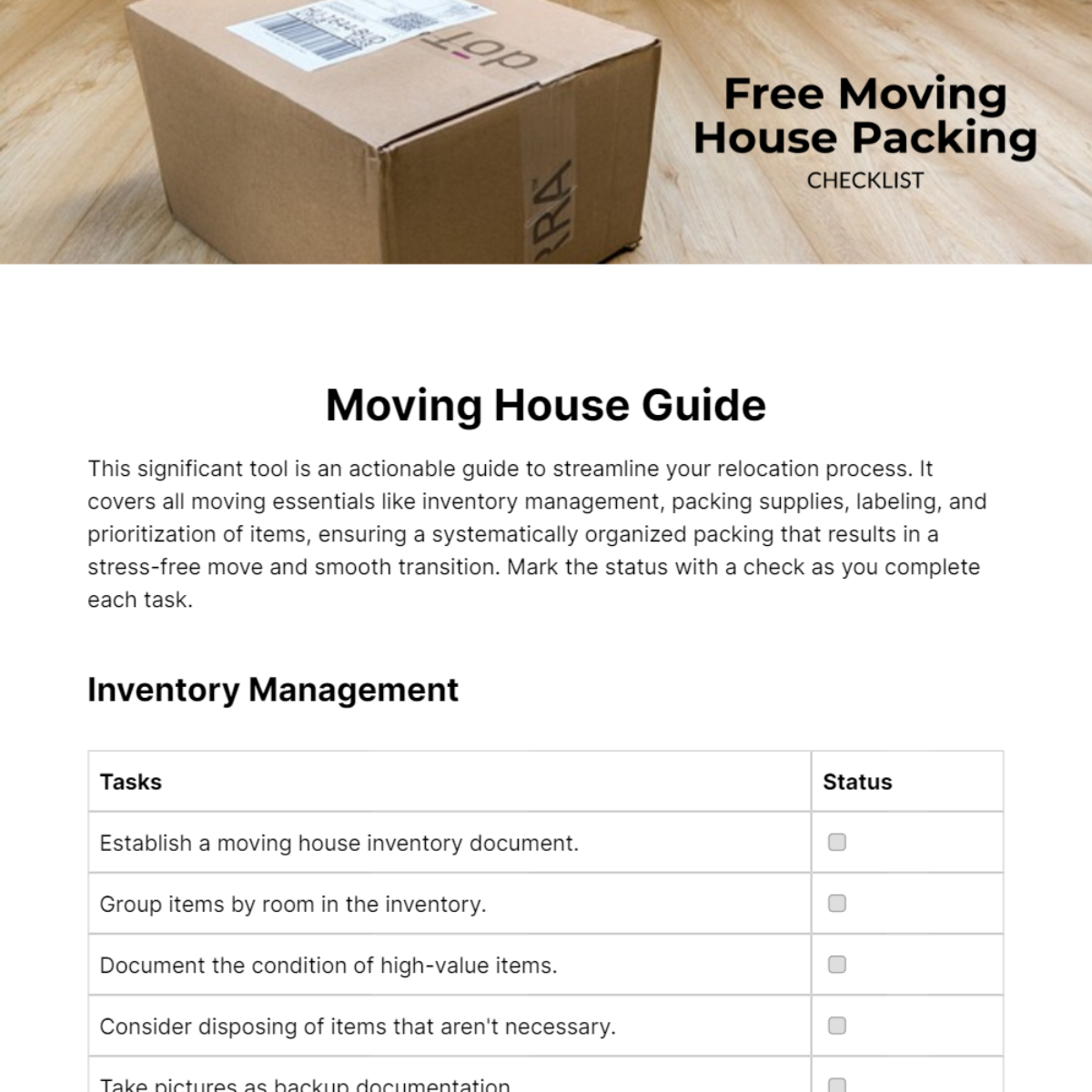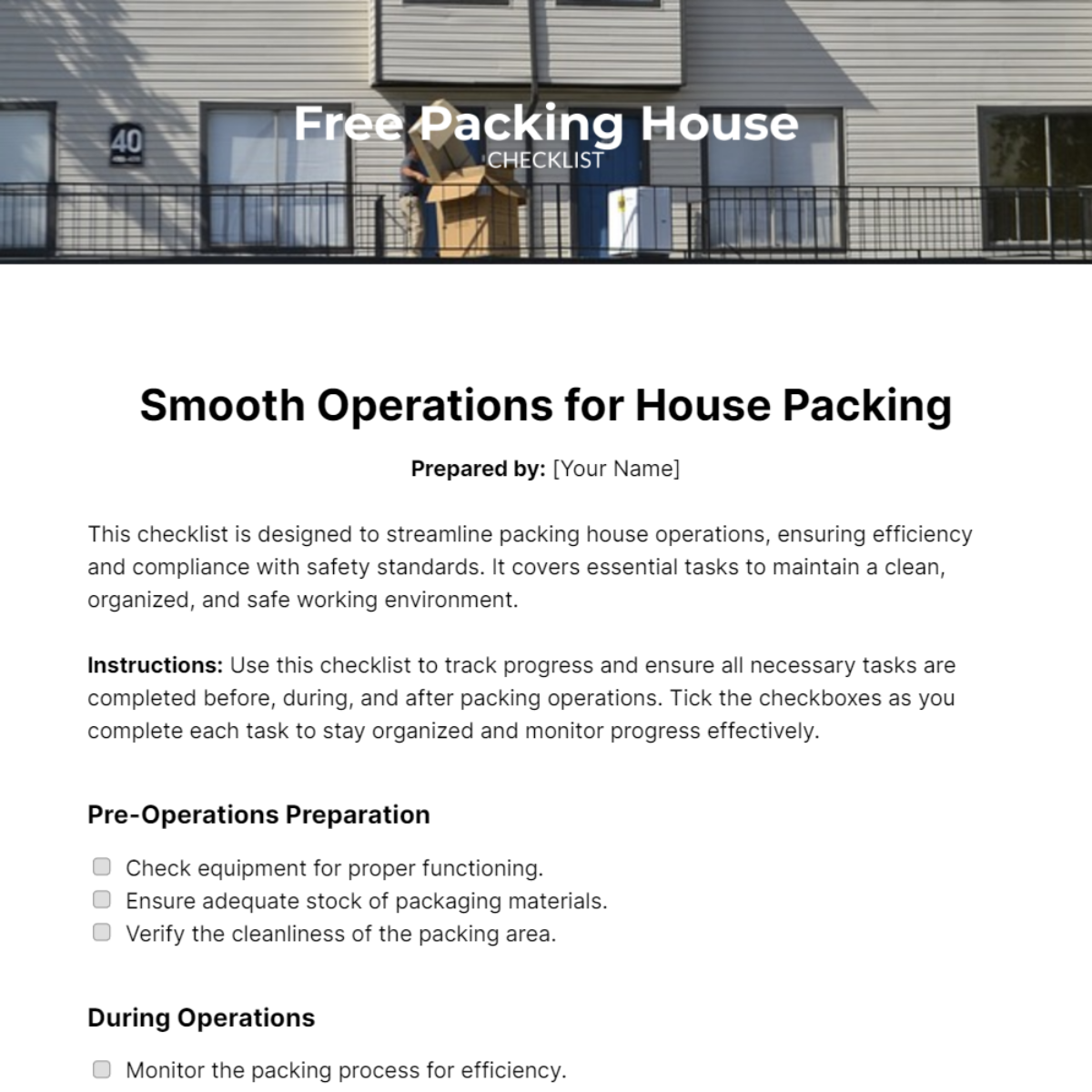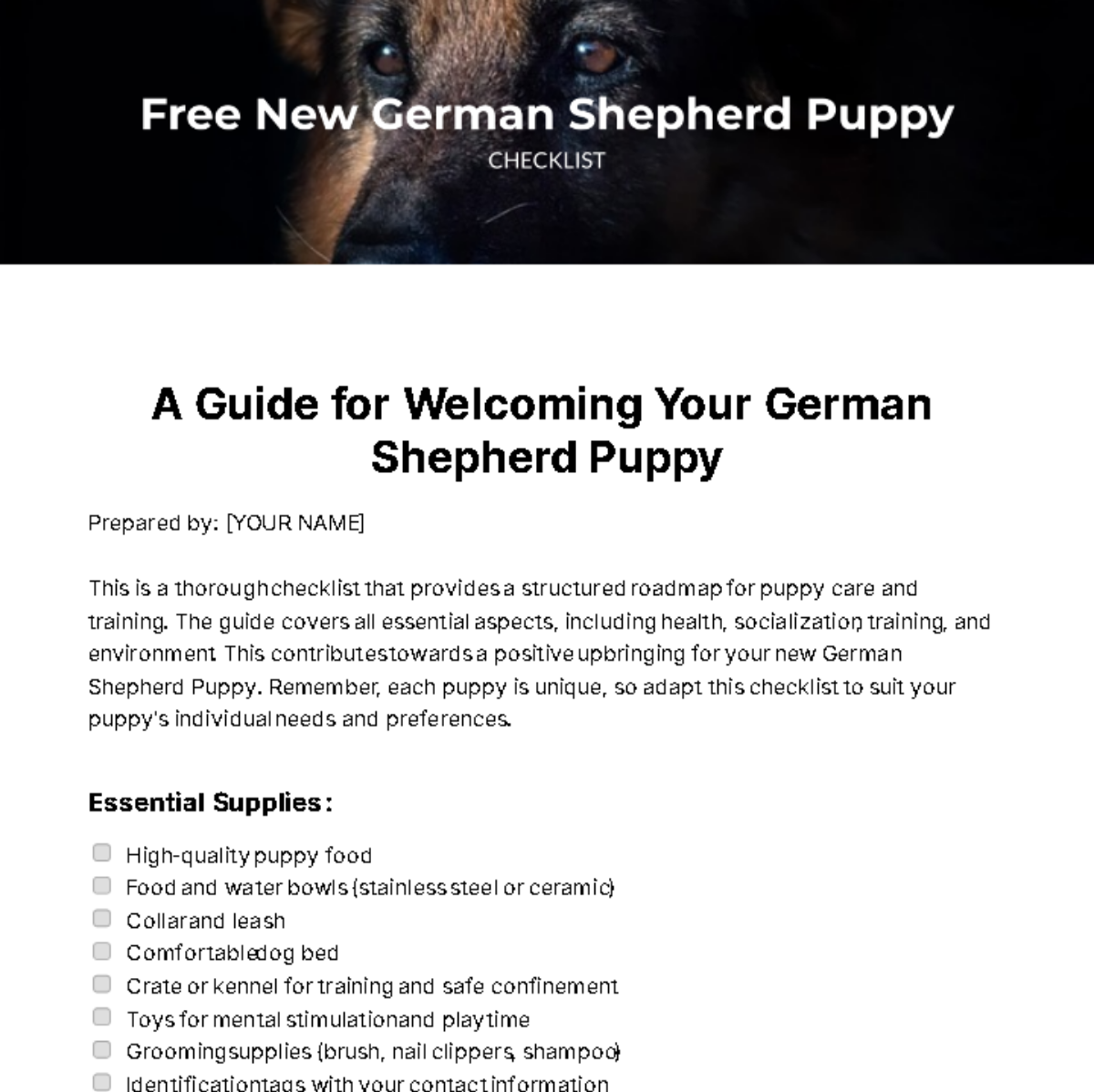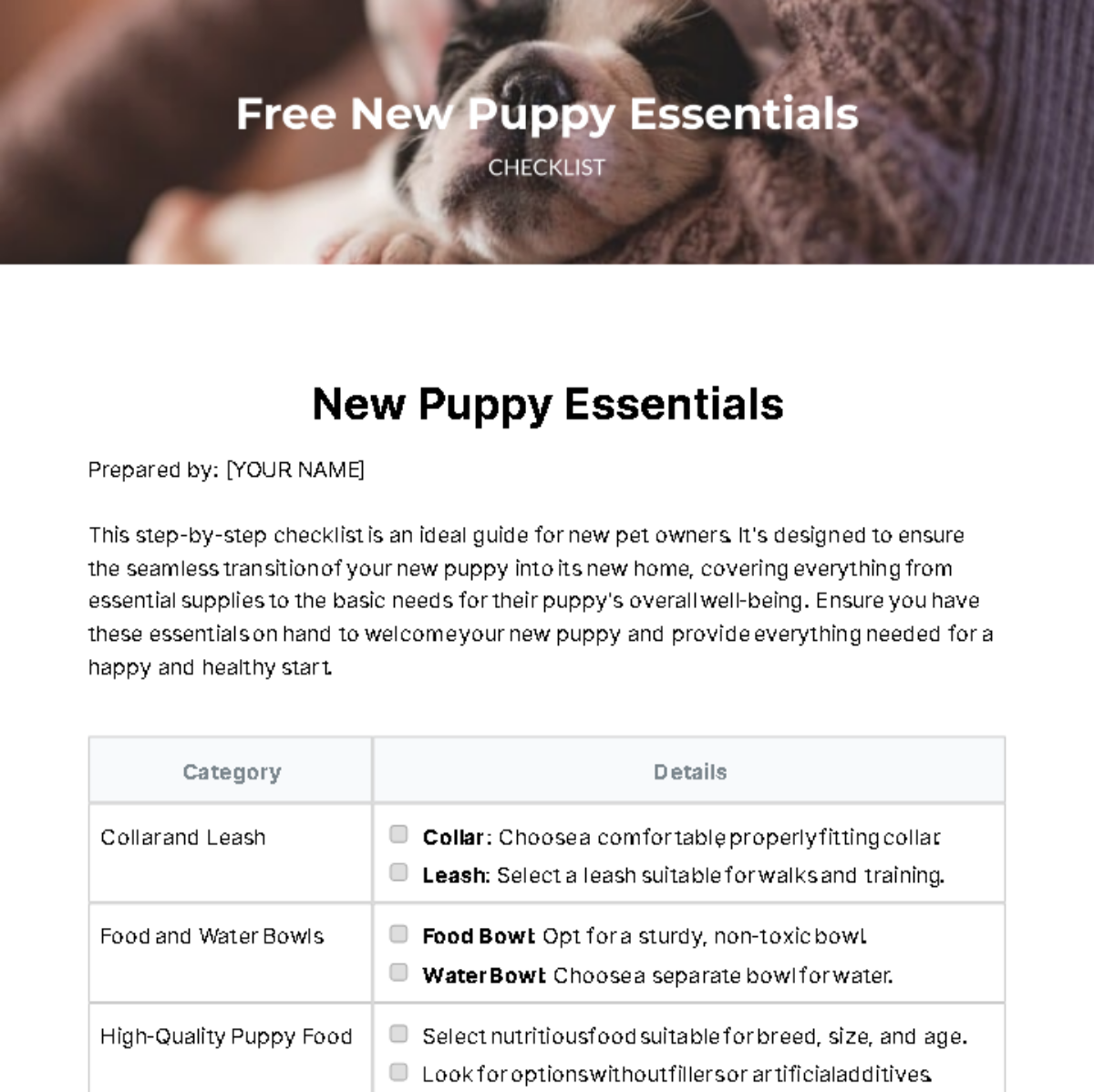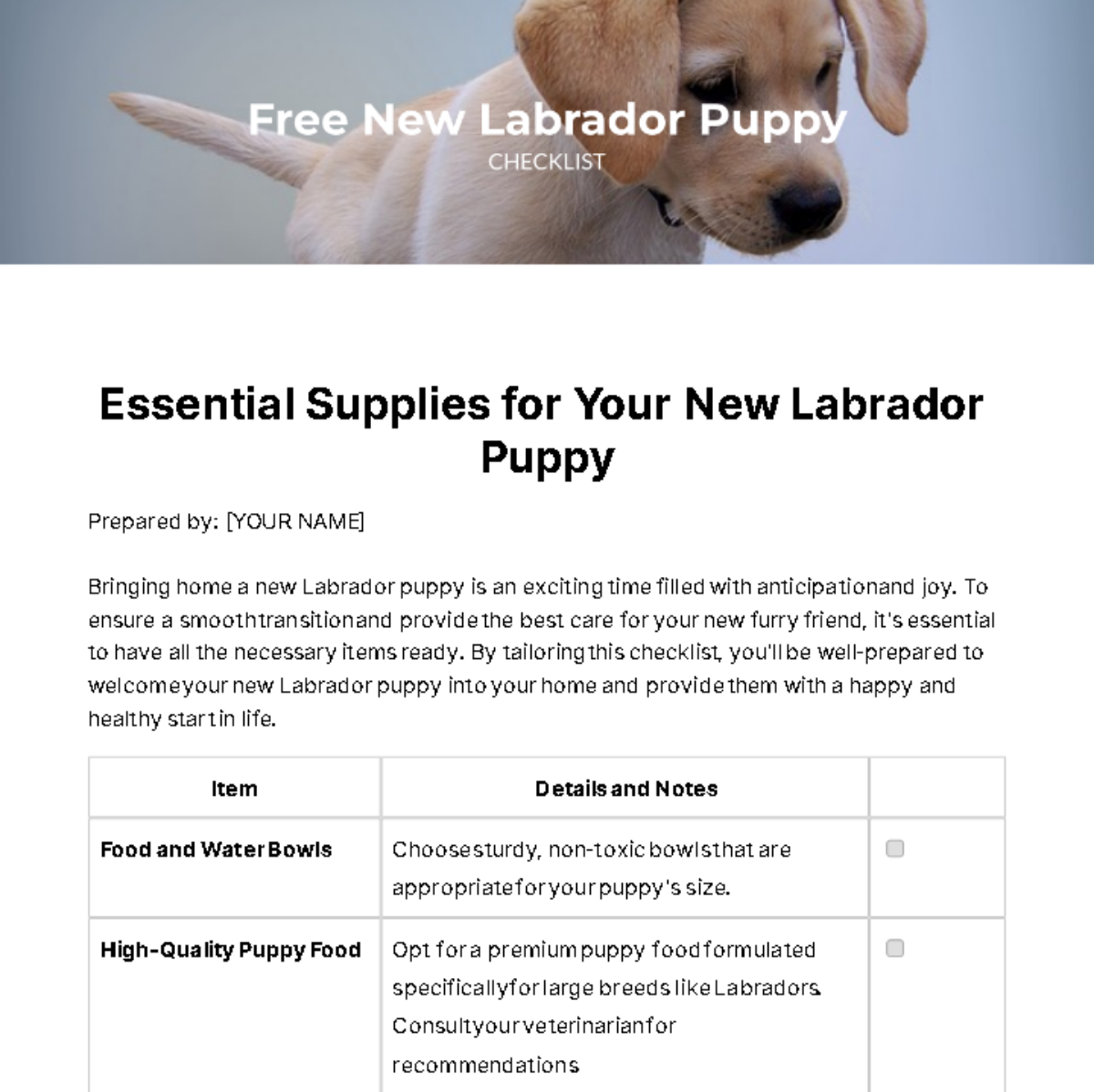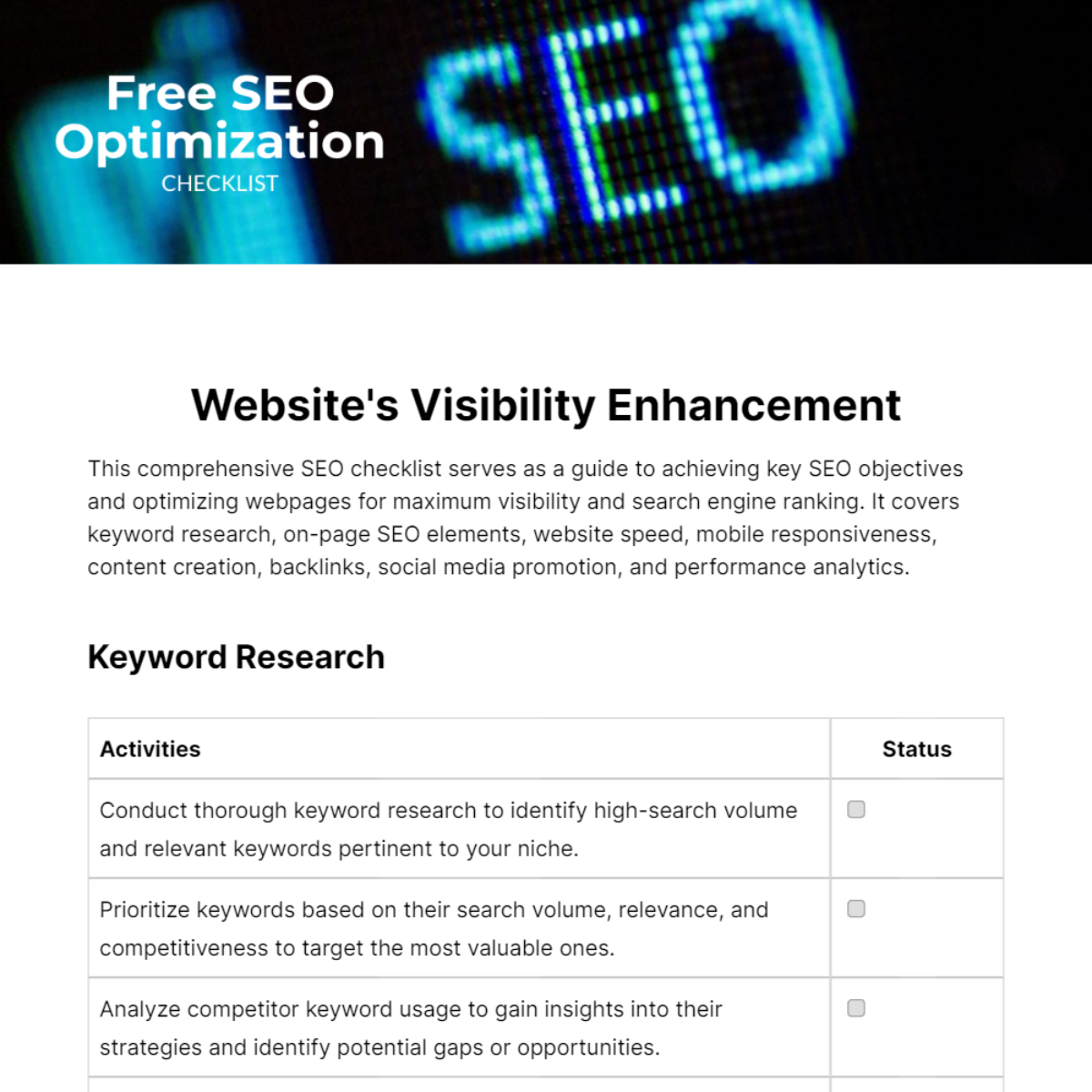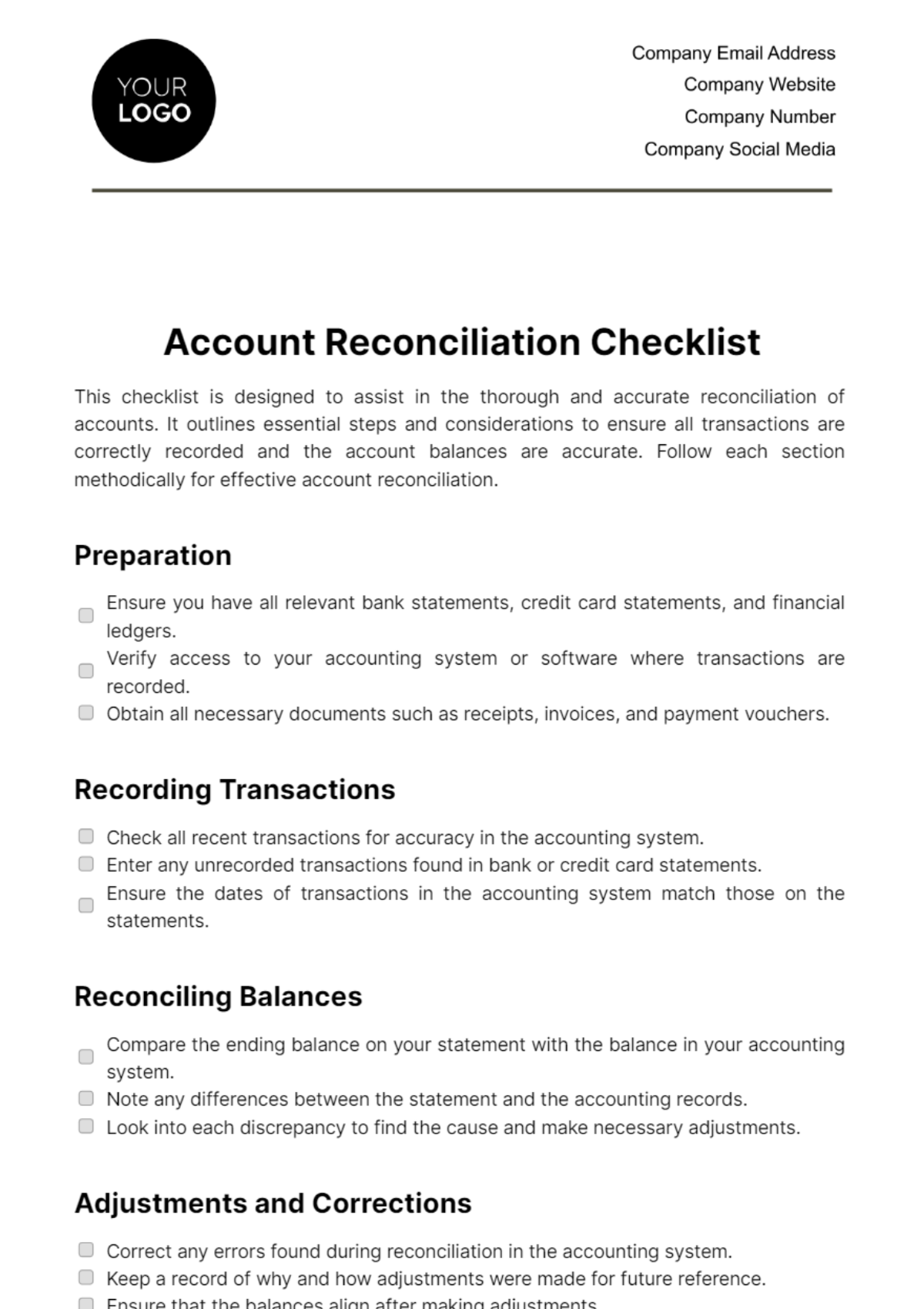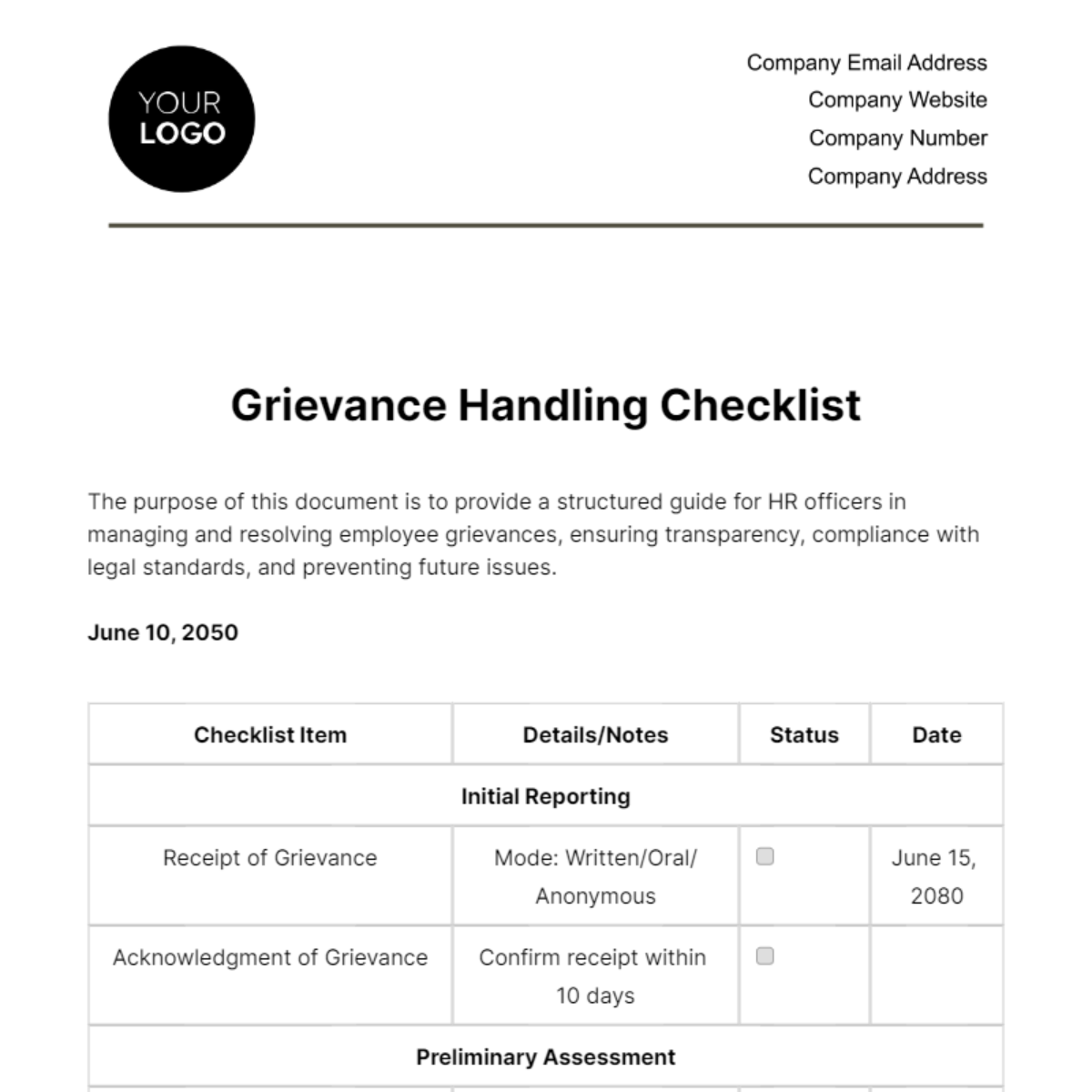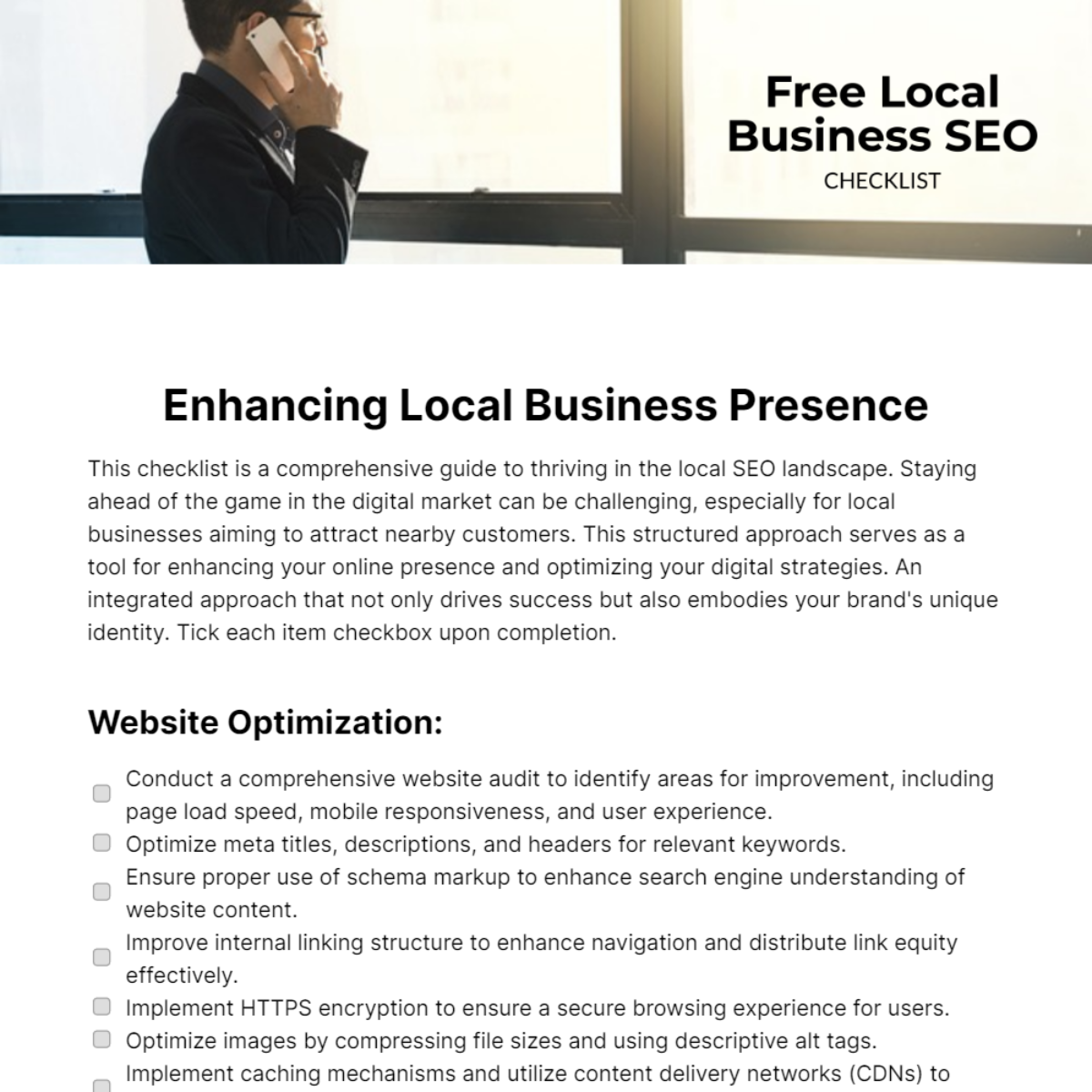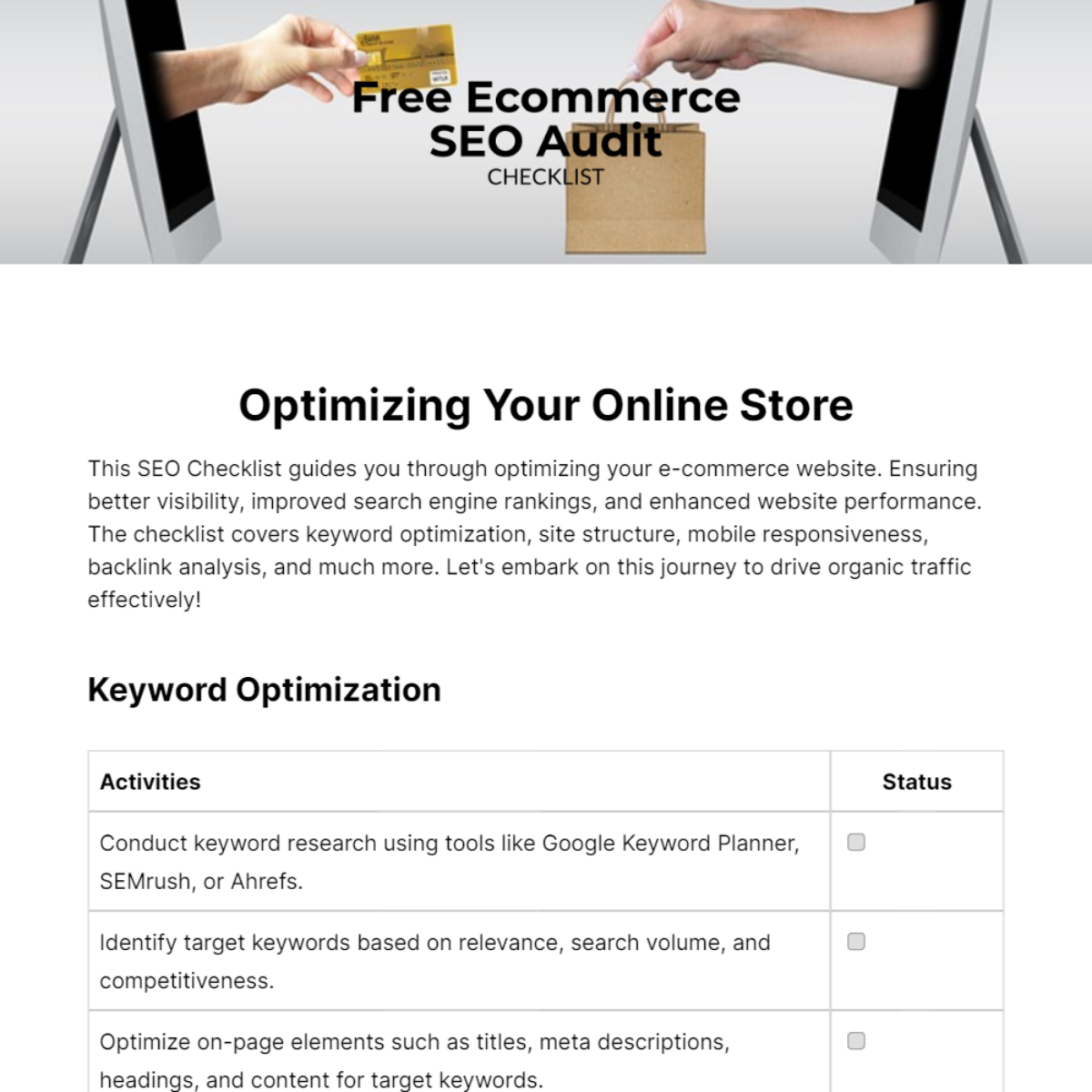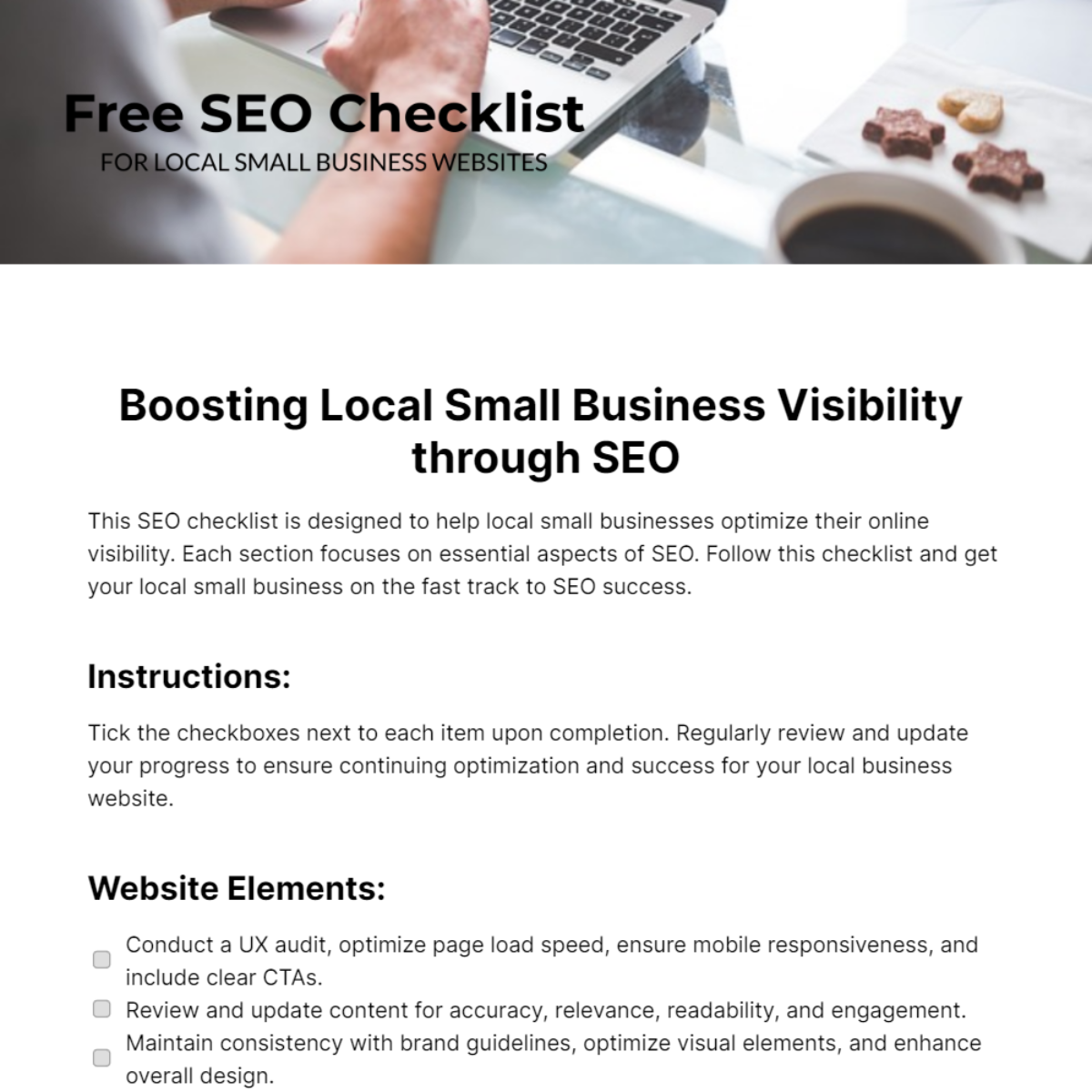Website's Performance Maximization
This task-oriented checklist is designed to enhance online visibility and digital success through personalized, integrated SEO strategies. Follow this guide to master the mastery of SEO and build a unique brand identity.
1. Keyword Research:
Identify primary and secondary keywords relevant to your business or content.
Use keyword research tools like Google Keyword Planner, SEMrush, or Ahrefs to find keyword opportunities.
Analyze competitors' keywords to discover new ideas and potential gaps in your keyword strategy.
Consider long-tail keywords for more targeted traffic and less competition.
Group keywords by themes or topics to organize your content strategy effectively.
Prioritize keywords based on search volume, relevance, and competitiveness.
Update your keyword list regularly to adapt to changes in search trends and user behavior.
Consider user intent when selecting keywords to ensure alignment with your content and audience needs.
2. On-Page SEO:
Optimize title tags and meta descriptions for each webpage using relevant keywords.
Create unique and engaging content that provides value to your audience.
Use heading tags (H1, H2, etc.) to structure your content logically and improve readability.
Optimize images with descriptive filenames and alt text to improve accessibility and SEO.
Include internal links to other relevant pages on your website to improve navigation and indexability.
Optimize URL structures to be concise and descriptive, and include target keywords when appropriate.
Improve page load speed by optimizing images, minifying CSS and JavaScript, and leveraging browser caching.
Implement schema markup to provide search engines with additional context about your content.
3. Off-Page SEO:
Build high-quality backlinks from authoritative websites relevant to your industry or niche.
Guest posts on reputable blogs or websites within your industry to expand your online presence and attract new audiences.
Participate in online communities, forums, and social media platforms to engage with your target audience and build brand awareness.
Monitor and manage online reviews and ratings to maintain a positive online reputation.
Collaborate with influencers or industry experts to amplify your content and reach a wider audience.
Submit your website to online directories and listings to improve visibility and credibility.
Share your content on social media channels and encourage shares, likes, and comments to increase social signals.
Monitor and analyze competitor backlink profiles to identify new link-building opportunities.
4. Technical SEO:
Conduct a comprehensive website audit to identify technical issues such as broken links, duplicate content, or crawl errors.
Optimize website structure and navigation for both users and search engines to improve usability and indexability.
Implement proper URL canonicalization to avoid duplicate content issues.
Ensure your website is mobile-friendly and optimized for different devices and screen sizes.
Improve website speed by optimizing server response time, leveraging browser caching, and minimizing CSS and JavaScript.
Secure your website with HTTPS encryption to protect user data and enhance trustworthiness.
Create and submit an XML sitemap to search engines to help them crawl and index your website more efficiently.
Monitor website performance using tools like Google Search Console and fix any technical issues promptly to maintain SEO health.
